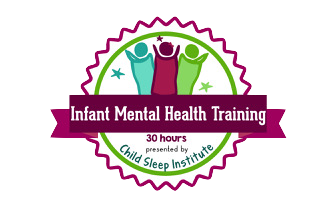|
Get expert tips for minimizing jet lag in children during international travel, ensuring your family's trip is enjoyable and restful. Traveling across time zones with your little ones? You might be bracing for the dreaded jet lag that can turn your dream vacation into a sleep-deprived slog. But fear not, dear parents! Minimizing jet lag in children isn't just a fantasy; it's entirely doable with savvy planning and a sprinkle of patience. Understanding Jet Lag in Children First things first: What is jet lag, and why does it turn our adorable angels into cranky gremlins? Jet lag happens when our internal body clock is out of sync with our time zone, making maintaining sleep routines a real challenge. That can be particularly unsettling for kids whose routines are as sacred as a cherished bedtime story. Unlike adults, children have different sleep needs and may struggle to express discomfort or tiredness, making jet lag a bit trickier to manage. When their internal clocks get muddled, so does their ability to fall asleep and wake up at the usual times. It's not just about a few groggy mornings or early nights; jet lag can unsettle their sleep habits for days, sometimes longer. That’s why understanding how it affects kids is crucial. It’s about more than just being sleepy at the wrong hours; it’s about keeping their sleep rhythms in tune. Let's explore how you can effectively do just that! Preparing Before the Flight Our journey to minimizing jet lag in children begins before we set foot on the plane. So, as you pack up for an international adventure or prepare for an international move, remember that getting ready for jet lag is an essential part of your travel itinerary. That is particularly important if you’re planning a permanent stay. While you can hire professionals to help you relocate abroad with ease, they won’t be able to help with your little ones. So, start by tweaking your child’s bedtime a few days before your flight. If you're moving across time zones permanently, this becomes even more vital. In addition, educate them about jet lag in a fun and engaging way, perhaps turning it into a bedtime story about traveling worldwide. These preparatory steps set the stage for a successful transition to a new home and routine. Minimizing Jet Lag in Children During the Flight Up in the air, it's all about balance. On the one hand, you must keep the kids occupied. On the other hand, you must strategically manage their sleep. If it's nighttime at your destination, encourage them to snooze. Make their travel environment cozy – think soft blankets, comfortable pillows, and perhaps a favorite storybook. Minimizing jet lag means balancing sleep with wakefulness on the plane. Offer quiet activities and avoid too much screen time, as the blue light from devices can mess with their sleep hormones. Every bit of sleep they get on the plane is a step towards a smoother adjustment to the new time zone, making your journey a little more relaxed and enjoyable. Upon Arrival: Embracing the New Time Zone Once you touch down, the real magic begins. Now's the time to embrace your new time zone with open arms. The key to a smooth transition? Dive straight into the local rhythm. If it's day, encourage the kids to bask in the sunlight; it's nature's way of resetting our internal clocks. And when night falls, mimic their usual bedtime routine to signal to their little bodies that it's time to wind down. Also, adjusting sleep schedules upon arrival is essential, and it’s okay if things are a bit topsy-turvy at first. Those first few nights might involve extra cuddles or a story more, but consistency will soon pay off. Try to limit naps to short bursts - think power naps - to avoid a midnight party in pajamas. And when evening comes, dim the lights to encourage their bodies to wind down. Patience, consistency, and a dash of understanding go a long way in helping your family settle into the new time zone. Maintaining Healthy Sleep Habits Consistency is your golden ticket. Maintaining a regular sleep schedule is vital, even when it feels like your internal clocks are playing pinball. Above all, kids thrive on routine, so even if you're in a different time zone, their bodies will appreciate the familiarity of a set bedtime. Balancing rest with activities is also crucial. Too much downtime can make it harder for them to fall asleep at night. Plan some light, engaging activities that aren't overly stimulating to keep them moving and grooving at the right times. Dealing with Challenges Tackling jet lag's quirks can sometimes feel like solving a puzzle, especially with children. Expect a mix of sleepy mornings and wide-awake nights, but don't let that dampen your spirits. Keep the lines of communication open – chat with your kids about how they're feeling and reassure them that it's perfectly normal to feel a bit topsy-turvy after a trip. If you find jet lag stubbornly overstaying its welcome, causing significant sleep disruptions, it might be time to consult an experienced pediatric sleep consultant. They can offer tailored strategies that are just right for your child's unique needs. And remember, every child is different; what works for one may not for another. So, stay adaptable, experiment with different techniques, and soon, you'll find the perfect recipe for easing your family back into a peaceful night's sleep. Conquering jet lag is about teamwork, patience, and some sleep-science magic. Returning Home: Reclaiming Your Routine Once your globe-trotting adventure wraps up, it's time to nudge your family's sleep schedule back to the familiar territory of your home time zone. Begin by gently adjusting bedtimes and wake-up times closer to your usual routine. That might mean a bit of bedtime negotiation and some early birds waking up before the sun, but consistency here is key. Keep in mind that your little ones' internal clocks might be a tad sluggish in readjusting, so patience and a steady routine are crucial. Create a calming bedtime environment to encourage quicker readjustment – think soft lights, soothing music, and perhaps a favorite bedtime story. Don’t forget to keep daytime naps in check; too much daytime snoozing can make nighttime sleep elusive. Above all, keep in mind that it's a gradual process. It might take several days, but with persistence and understanding, your children will eventually resettle into their normal sleep patterns. So, keep the faith; soon enough, your household's rhythms will be humming along just like before your journey.
Sweet Dreams in Any Time Zone And there you have it, dear parents! Jet lag doesn't have to be the monster under the bed. With some preparation, in-flight savvy, and a hearty dose of patience, minimizing jet lag in children is achievable. Every family's journey is unique, so find what works best for you and your little travelers. Here's to sweet dreams, no matter the time zone! Photos via: Pexels Unsplash Pexels Pexels Discover effective strategies to ensure your kids maintain healthy sleep habits during a move, and learn how to help them during this transitional period. Moving to a new home in Alberta can be an exciting yet stressful time for families, especially when kids are involved. Amidst the chaos of packing, unpacking, and adjusting to a new environment, it's crucial not to overlook the significance of maintaining healthy sleep habits during the move. Sleep is pivotal in children's growth, development, and overall well-being. This article will explore practical ways to support your kids in getting the restful sleep they need while navigating the transition.
Establish a Familiar Sleep Environment and a Calming Bedtime Atmosphere When moving to a new place, children can feel disoriented and uneasy due to the change in surroundings. To mitigate this, create a sleep environment that mirrors their previous setup. Set up their bed, blankets, and favorite stuffed animals in a similar arrangement. Familiarity in their sleeping space can provide a sense of comfort and security, promoting better sleep during the move. Set the stage for a peaceful sleep environment. Consider using soft lighting, soothing colors, and calming scents in their bedroom. Creating a serene atmosphere can aid relaxation and help them unwind before bedtime. A Consistent Bedtime Routine as You Adjust to the New Time Zone Routines offer predictability, which is especially crucial when everything else feels uncertain. Stick to their usual bedtime routine as closely as possible. Whether reading a story, dimming the lights, or practicing relaxation techniques, these activities signal to their bodies that it's time to wind down and prepare for sleep. Consistency in routine can help mitigate the disruptions caused by the move. If the move involves crossing different time zones, gradual adjustment can help prevent jet lag and ensure smoother sleep transitions. Gradually shift their bedtime and wake-up time in the days leading up to the move so the change isn't abrupt and disruptive. Prioritize Physical Activity Engaging in physical activities during the day can help expend excess energy, making it easier for kids to fall asleep at night. Allocate time for outdoor play or indoor games that encourage movement. Physical exertion contributes to a healthier sleep cycle and reduces any stress or anxiety associated with the move. By incorporating active play into their daily routine, you can promote a more balanced emotional state, allowing them to approach bedtime with a calmer and more relaxed mindset. Additionally, physical exertion can enhance the quality of their sleep by promoting deeper restorative sleep cycles. This means that even amid the changes and uncertainties of moving, their bodies have the opportunity to recover and recharge through the night, supporting their overall health during this transitional period. Open Communication Children may have questions or concerns about the move that could affect their sleep. Encourage open communication and create an environment where they feel comfortable sharing their thoughts. Addressing their worries and providing reassurance can alleviate any bedtime anxiety they might be experiencing. Involving them in the moving process, such as allowing them to pack a special box of their belongings or choose the color of their new room, can give them a sense of control and involvement. This empowerment can boost their confidence and reduce feelings of uncertainty, contributing positively to their overall sleep quality. If you have hired movers for your long distance move in Alberta, Canada, long distance movers can make it easy on the kids too. They can suggest safe ways for kids to get involved, which can help calm their anxieties. Remember, their emotional well-being and sleep patterns are closely intertwined, making it crucial to tend to their feelings during this significant life transition. Unpack Comfort Items First During the moving process, certain items may take longer to unpack than others. However, they prioritize unpacking comfort items like their favorite pajamas, blankets, and bedtime books. Having these items readily available can offer a sense of normalcy and help them feel more at ease in their new surroundings. Remember that small gestures can make a big difference. Before their first night in the new home, consider engaging in a soothing bedtime routine together. Reading a beloved storybook, sharing a quiet conversation, or practicing deep breathing exercises can help them relax and ease into sleep. These moments of connection can be reassuring during a time when everything else seems uncertain. Limit Screen Time Before Bed Screens emit blue light that can interfere with the production of melatonin, the hormone responsible for regulating sleep. Especially during the move, when sleep might already be disrupted, limiting screen time in the hour leading up to bedtime is essential. Encourage quieter activities like reading or drawing instead. Be Patient and Understanding It's normal for sleep disruptions to occur during a move. Children might take some time to acclimate to the new environment and routines. Patience and understanding are key during this period of adjustment. Recognize that occasional sleep challenges are part of the process and focus on consistently reinforcing those healthy sleep habits during the move. Each child is unique, and their reactions to the move can vary. Some may adapt quickly, while others might require more time to feel comfortable in their new surroundings. As a parent, being attuned to your child's emotions and behaviors can guide you in providing the necessary support. Remember that maintaining healthy sleep habits during the move is not just about the immediate adjustment period but about setting the stage for their ongoing well-being. By approaching sleep disruptions with a proactive and patient attitude, you can help your children build resilience and adaptability, skills that will serve them well beyond the move. So, as you navigate this transition, remember that while challenges may arise, your dedication to their sleep routine is a valuable investment in their overall health and happiness. Seek Routine Amidst Change Change can be unsettling for children, but establishing a routine can provide a sense of stability. Even amidst the move, incorporating elements of their regular routine can help anchor them and promote better sleep. These familiar practices can make a significant difference, whether it's a special pre-sleep ritual or a favorite lullaby. Help Kids Maintain Healthy Sleep Habits During the Move Moving to a new home with kids requires careful consideration of their sleep needs. While the transition can be demanding, prioritizing healthy sleep habits during the move is essential for their well-being. By creating a consistent sleep environment, maintaining routines, and fostering open communication, you can help your children navigate the move while ensuring they continue to get the restful sleep they need. Remember, patience and understanding go a long way in making this transitional period smoother for the entire family. Photo via Pexels With the holidays quickly approaching, parents who have recently gotten their babies, of any age, sleeping on a schedule are often worried that their little ones' sleep will regress over the Holidays.
I can assure you that those fears could not be more real. Many families struggle with severe sleep deprivation for a very long time due to the "blessing" of having a child (or two like I was) that lacks healthy independent sleep strategies. So, finally getting your whole family into a routine that works. Finally moving from being severely sleep deprived into a family that is becoming well rested. Trust me everyone inside that little family unit wants to protect their new found sleep including the little one who is finally able to sleep. When little ones finally FEEL what it feels like to have the sleep that is needed for healthy growth and development they don't want their schedule messed with either. Between the travel, excitement, and constant attention of family and friends, holidays are the easiest way to throw all of your hard work out with the wrapping paper. But fortunately, it doesn't have to be that way! With some strategic planning and an iron will, you can keep that carefully orchestrated routine running right on schedule. There are two major impediments to maintaining your kiddos routine over the holidays. One is travel, and the other is family and friends, so I want to tackle both of those topics individually. First, we will cover the travel portion... Bringing a new baby into the house is an incredible, exciting but also terrifying occasion, even more so when you have one or two children already. It can bring up a whole lot of questions.
How are the older children going to react to this new baby? Are they going to embrace the role of being an older sibling? Will they turn into jealous clingers who need constant attention? Will their schedule fit with your newborn's naps and feeding times? Most importantly, how is this going to affect the older child's bedtime? Trying to juggle two or three different bedtime routines can be overwhelming if you're not ready for it. Trying to find fifteen minutes to feed your newborn while at the same time trying to get your toddler out of the bath can make you lose your mind. Toddlers just know that you're in a position where you're unable to chase them down and enforce the rules, so they are more likely to take advantage of that weakness. So here are some strategies for those of you who have two or three little people, and are struggling to find a bedtime groove. A whole year, really? How did your wee newborn, curled up on your chest, turn into a babbling, active toddler? Somehow, those long days became a short year. Happy birthday, baby! As you move into toddlerhood from 12 to 18 months, get ready for some roller coasters when it comes to food and sleep, including new schedules and routines. The non-stop eating tends to slow down, and toddlers typically only gain a few pounds between the ages of one and two. Continue to offer a variety of healthy foods for meals and snacks, but don’t get too concerned if they’re not that hungry.
our drooly, smiley baby is learning so many new things from nine to 12 months old, and they should be getting a lot of good sleep in their schedule to balance out those long wakeful stretches and process new skills. “Generally, babies at this age are having two naps, and hopefully those naps are at least an hour, if not two hours or more,” says Erin Neri, a certified paediatric sleep consultant in Sherwood Park, Alta. “They should be able to stay awake for three to four hours between naps.” She adds that there are a small percentage of kids who start to go down to one nap around 11 to 12 months, but dropping the morning nap typically happens around 15 months.
Your baby’s nighttime sleep often starts to lengthen a bit more, up to six hours at night. You may also start to see the beginnings of a schedule that works for both of you, whether it’s a baby that wants to eat as soon as they wake up or one that needs some snuggling and playtime first. “We know that there’s a fairly wide range of ‘normal’ for newborn sleep,” says Alexis Dubief, a child sleep consultant in Vermont and author of Precious Little Sleep. “It could be anywhere between 14 and 17 hours a day. The reality is that everything in that zone is normal for that individual child.”
|
To The Moon and Back Sleep ConsultingProviding families the tools & support they need to get their little ones sleeping through the night and napping like champs! Everyone has more fun when they are well rested! Visit Wollino - Discount Code: TOTHEMOONANDBACK10
Browse
All
|
All information provided on this website, including texts, images, and other materials, are for informational purposes only and should not be considered a replacement for assessment or treatment by a healthcare provider.
© COPYRIGHT 2016-2024 TO THE MOON AND BACK SLEEP CONSULTING. ALL RIGHTS RESERVED. WAKING GIRL WEB DESIGN
© COPYRIGHT 2016-2024 TO THE MOON AND BACK SLEEP CONSULTING. ALL RIGHTS RESERVED. WAKING GIRL WEB DESIGN

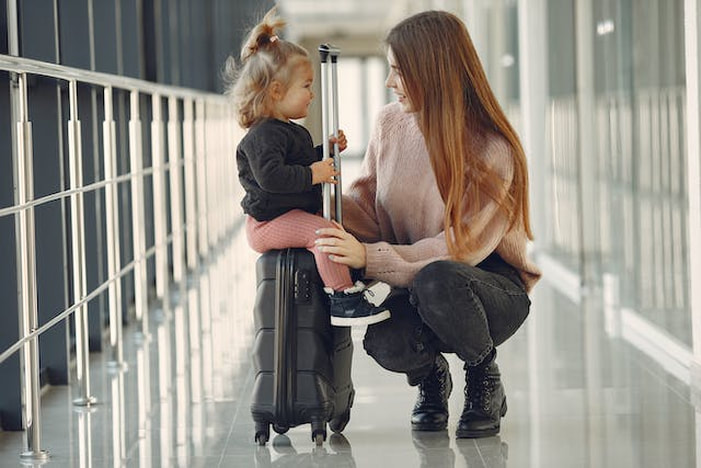

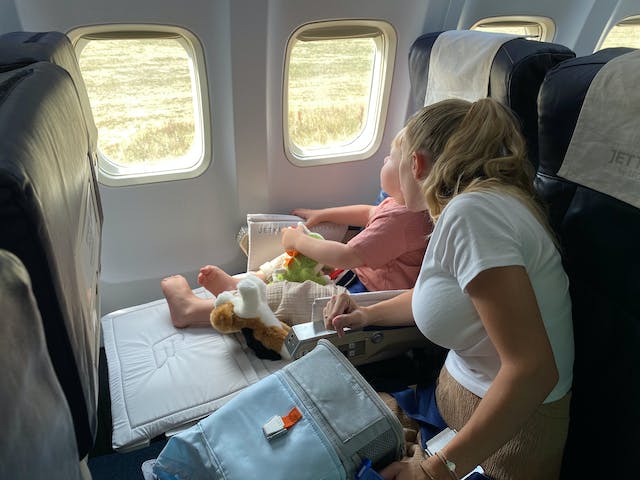

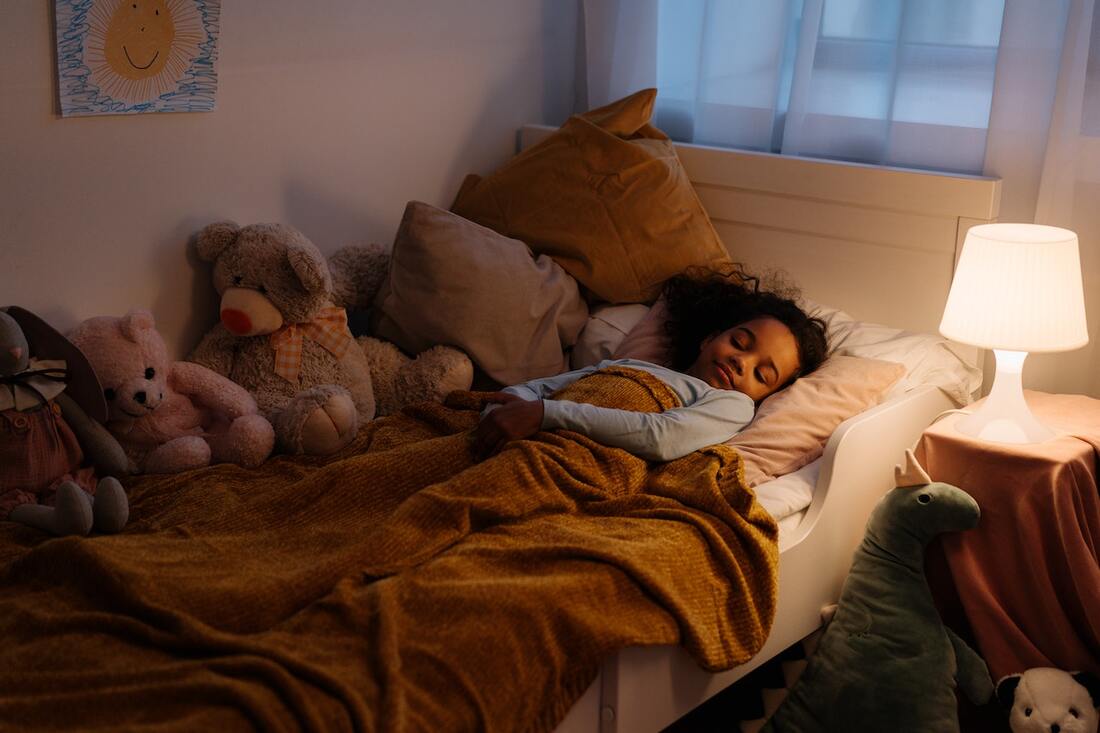

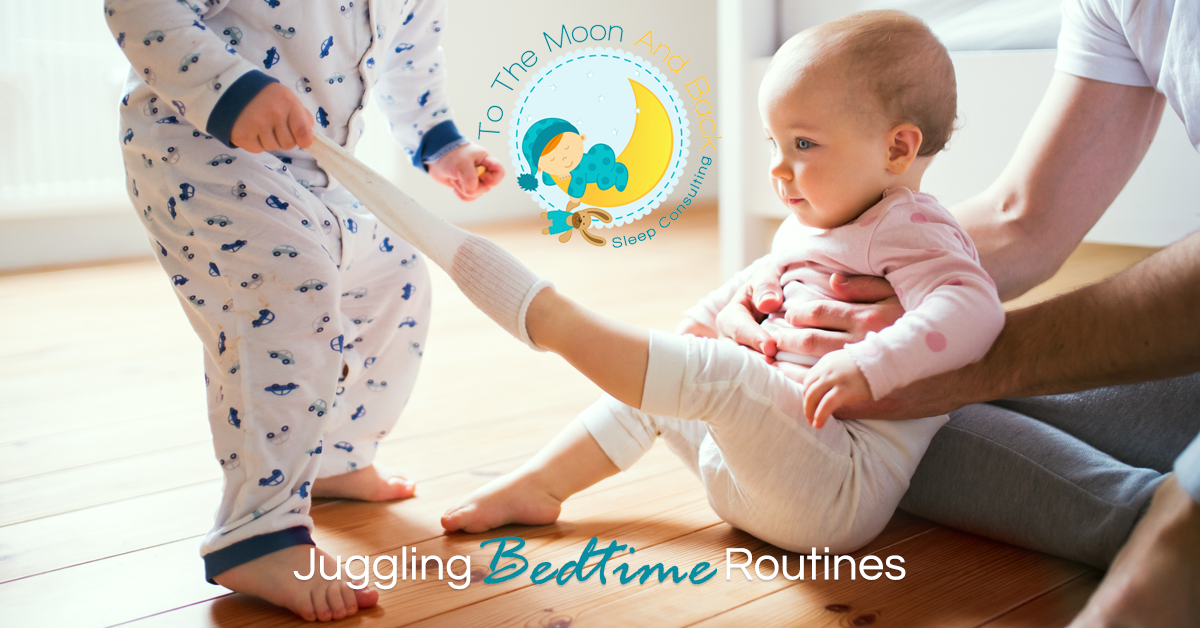
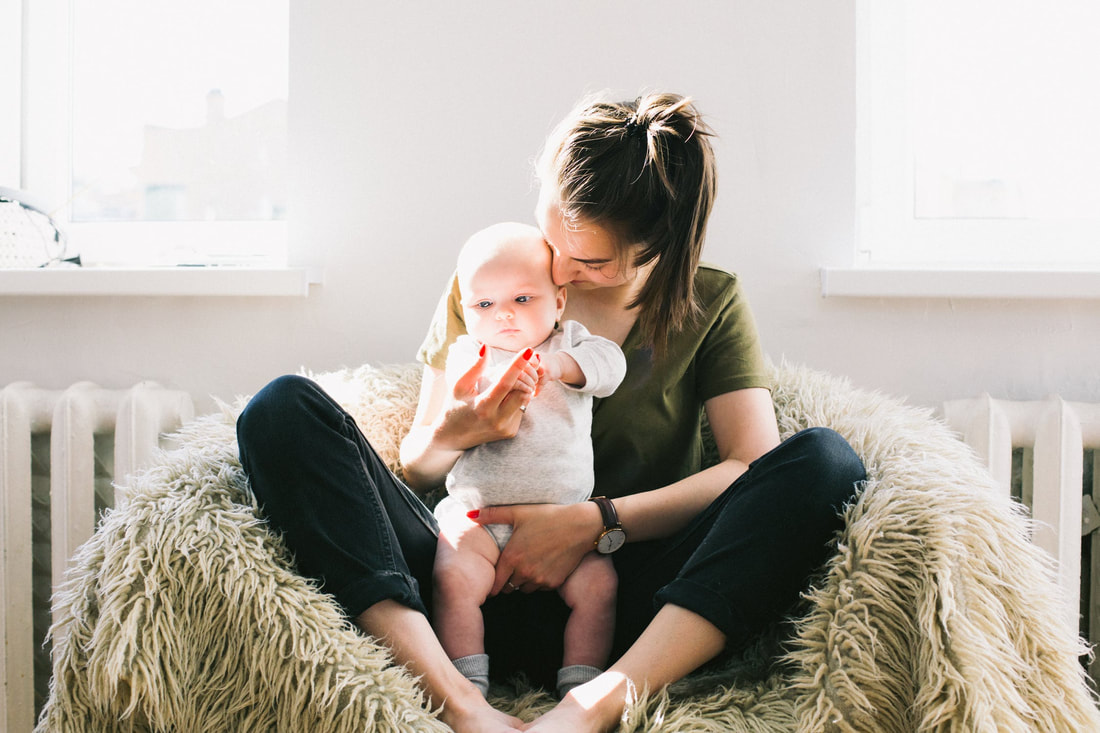


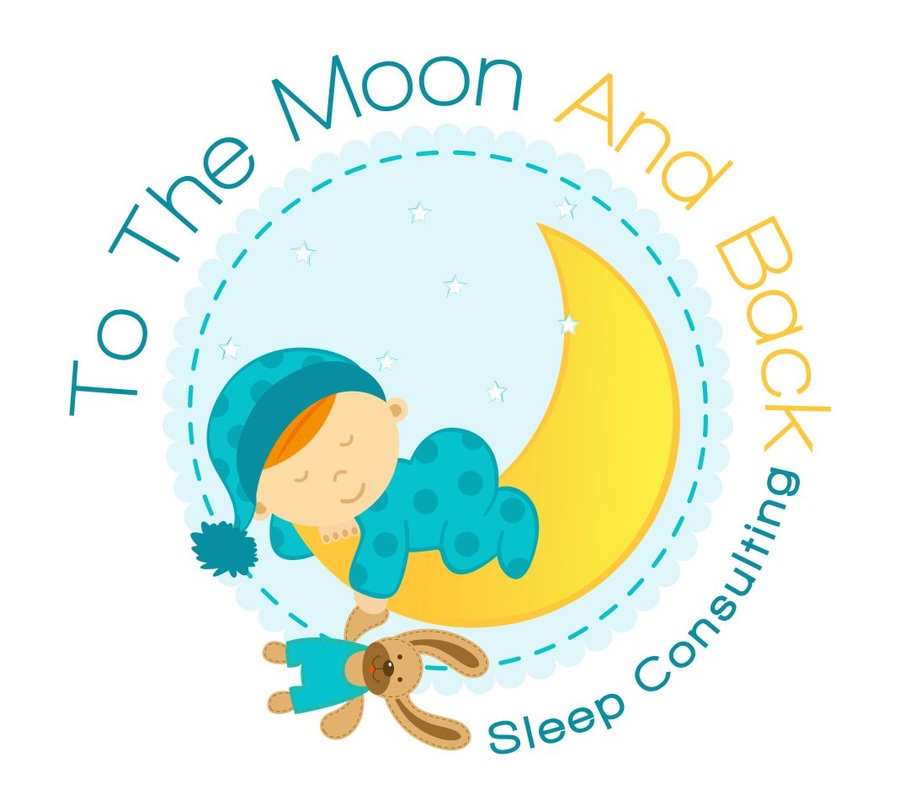




 RSS Feed
RSS Feed






